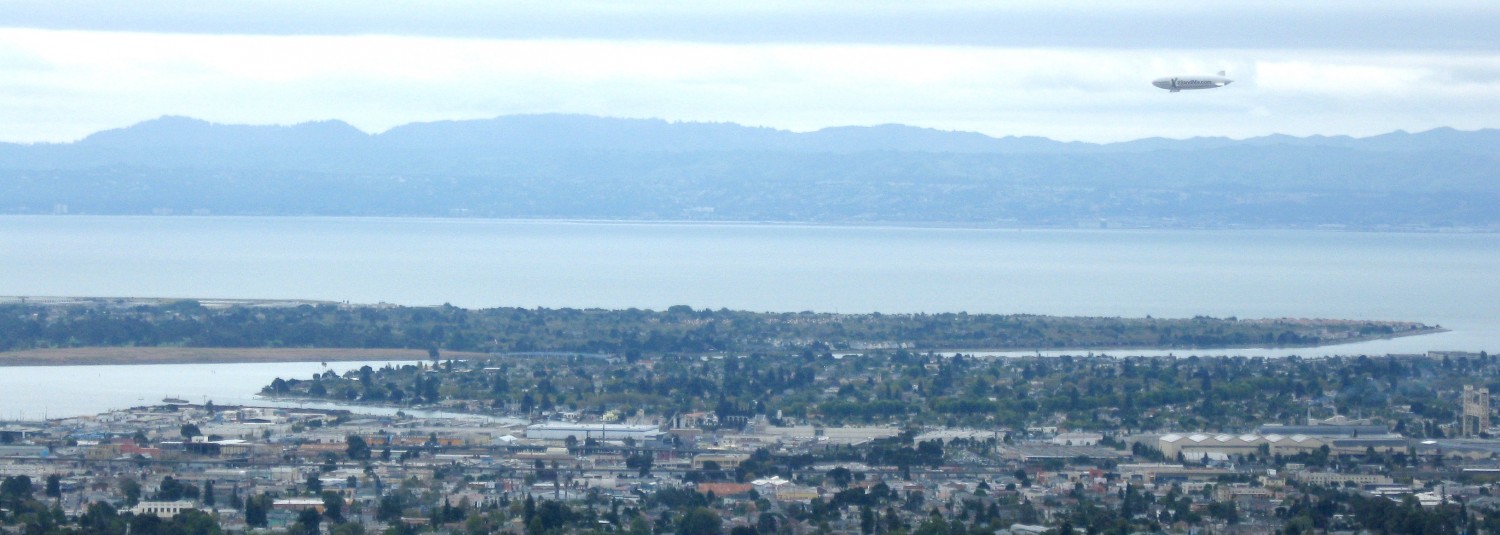San Francisco Ballet
Weds. January 29, 2025 7:30 PM
War Memorial Opera House SF
Magnificent, memorable…but “too much”
The San Francisco Ballet, opened its 2025 season with British choreographer Sir Kenneth MacMillan’s “Manon.” First produced in 1974 at the Royal Opera House, Convent Garden, London, the work has been faithfully recreated by “stager” Robert Tewsley and Artistic Director Tamara Rogo. The costumes (apparently) have been borrowed from London and represent nostalgic remembrance for Rogo. That history is recorded in the 2025 “Manon” program.
The ballet is a remarkably danced narrative of an “opera comique” in five acts by Jules Massent to a French libretto by Henri Meilhac and Philippe Gille, and based on the 1731 novel ‘L’histoire de Manon” by Abbe Prévost.” Such a distinguished history demands careful staging and brilliant dancing. But ballet is not opera, drama nor literature. It is a ‘live’ art demanding close study, observation and some acquaintance with its unique vocabulary. Such skill is not always available to an average audience, although the SF Ballet audience is devoted and well-practiced.
This 2025 production reproduces MacMillan’s work in great detail. Each scene has many events; some go on as ‘background’ and some are brought forward for more immediate attention. Often there is too much to see, observe, and remember, but all presentations are remarkable.
“Manon,” for this evening’s production, was danced by the ‘incredible’ Nikisha Fogo, whose dance skills have been happily observed and appreciated in previous seasons. Another excellent dancer, Katherine Barkman, was cast as “Lescaut’s Mistress.” The program notes that this was her “premiere in role.” It will be a joy to see her in other ‘lead’ roles in the future. Featured in the a male roles were Aaron Robison as Des Grieux (Manon’s lover), Fernando Carratala Coloma (Manon’s brother (also a premiere role) and as Monsieur G.M., Daniel Delvision-Oliveira.
All the gentlemen compete for Manon’s attention and through the many episodes of fidelity and betrayal, Des Grieux remains with her in the bitter Louisiana exile!
This reviewer, her guest and the audience in general were delighted with the dancers’ skills, the amazing scenic presentations (by Nicholas Georgiadis), the lighting design (Jacopo Pantani) and all the elaborate production details throughout the evening. But finally, it was too much. There were often too many dancers on stage, too many scenic effects, even too much action (e.g. a card game down stage-rlght, important to the plot but not alas, brought into focus).
The Act III finale is an unique “pas de deux” for Fogo and Robison. They dance on a cleared stage, he lifting her in triple turns upstage (as if to heaven?} and finally lamenting her death as he leans over her with painful embraces. It is a remarkable duet.
“Manon” is a magnificent event in the SF Ballet’s 2025 season. To bring it to its well- deserved appreciation, this reviewer might suggest some refocusing of the major incidents. But alas, it might not then be McMillan’s “Manon”
